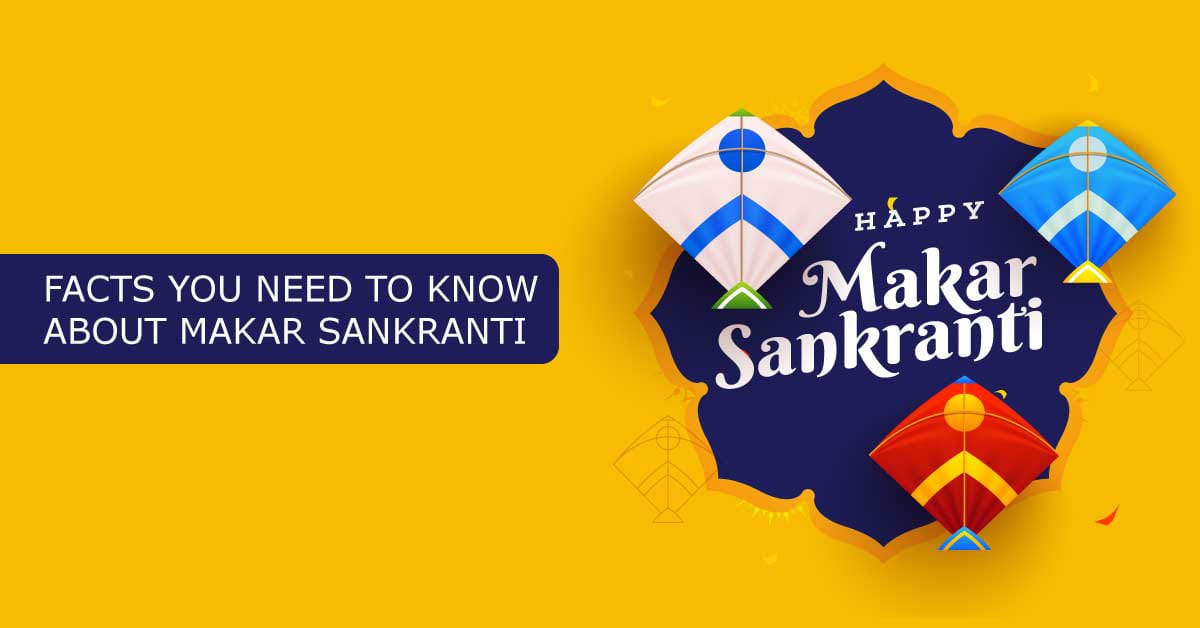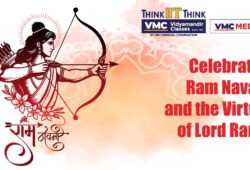FACTS YOU NEED TO KNOW ABOUT MAKAR SANKRANTI
 Posted On
Posted On
739 total views, 2 views today
MAKAR SANKRANTI : A CELEBRATION OR CONFLUENCE OF SCIENCE AND HARMONY
Our Mother Earth is in constant motion. She is wheeling around, at her own pace and time and it’s in this wheeling that “we”, her children get rhythm of life. Yes, with Earth’s movements, we experience the phenomenon of day and night and the annual change of seasons. Earth’s motion or movements are broadly of two types: Rotation, wherein she spins around her axis in 24 hours and by virtue of which we observe day and night; Another is the annual movement of the Earth around the Sun, known as Revolution, where she revolves around her orbit centring the Sun and this annual movement of her creates the “rhythm of seasons”.
Of the twelve sankrantis, Makara Sankranti on January 14th is the most significant wherein the sun passes through the winter solstice, from the Tropic of Cancer to the Tropic of Capricorn. Hence, the name “Makara”, which is a phase that holds essential importance in astronomy, representing the revival of sunlight and energy. On the other hand, the transmigration of the Sun from one zodiac phase to the other is called Sankranti. Since we have 12 zodiacs in a year, there are 12 Sankrantis each year. But as Makara is momentous due to the revival of sunlight, the “Sankranti of Makara” (or movement of Sun into Makara) is celebrated as “Makara Sankranti”.
The ancient festival of sciences and harmony, Makar Sankranti is as interesting as it sounds. Some of the most fascinating facts related to it are;
• Opposing to the common belief, Makara Sankranti is not only a festival but also a universal marvel as it is completely built on the science of astronomy & crop cycle which is not limited to any particular religion. Basically, it is a celebration of the “revival” of sunlight (solar energy & positivity) into our lives which coincides with the harvest season.
• Makar Sankranti is one of the few age-old festivals that have been witnessed according to the solar cycles.
• The festival also marks the end of the month when the winter solstice, which is also referred to as the darkest night of the year, happens. It also indicates that we’ll be blessed with the longer days, yet again.
• In line with the Indian tradition, Makar Sankranti also marks the beginning of Uttarayana, a six-month auspicious period.
• As the earth starts its journey towards the northward part, the rotation brings with it the promise harvest of abundance and happiness in many parts of India as the sowing season commences.
• On this auspicious day, many pray to the Goddess of education (Saraswati) for transparency of mind. Students are encouraged to study science, maths, astrology and astronomy highlighting the cosmic root of the festival.
• The festivities associated with Makar Sankranti are a part of Hindu traditions and known by various names such as Lohri in North India, Sukarat in Central India, Bhogali Bihu in East India, Pongal in South India and Poush Sankranti or Makar Sankranti in West Bengal.
• Makar Sankranti’s extraordinary importance is the Sun rays that come from the direction of North which is known to be the abode of Gods. Hence, indicating the rise in the good forces and the diminishing of evil forces that subsides in the direction of South.
Indians are proud descendants of a culture which unifies science and harmony with great display. Festive events created by our ancestors are in constant connection with the nature which thereby, aims at creating and fostering relationships with family, friends and neighbors. Almost all regions in India celebrate Makar Sakranti, irrespective of the caste & creed because it is nothing but a tradition to observe & celebrate the revival of solar energy in our lives. The festival also overlaps with the celebration of crop harvesting, thereby ensuing continuity of food supply which regardless of our religion, is one of the most basic necessities of our lives. The human drive of happiness, love and the remembrance of the principle of the victory of good over evil are at the very crux of each Indian carnival.



